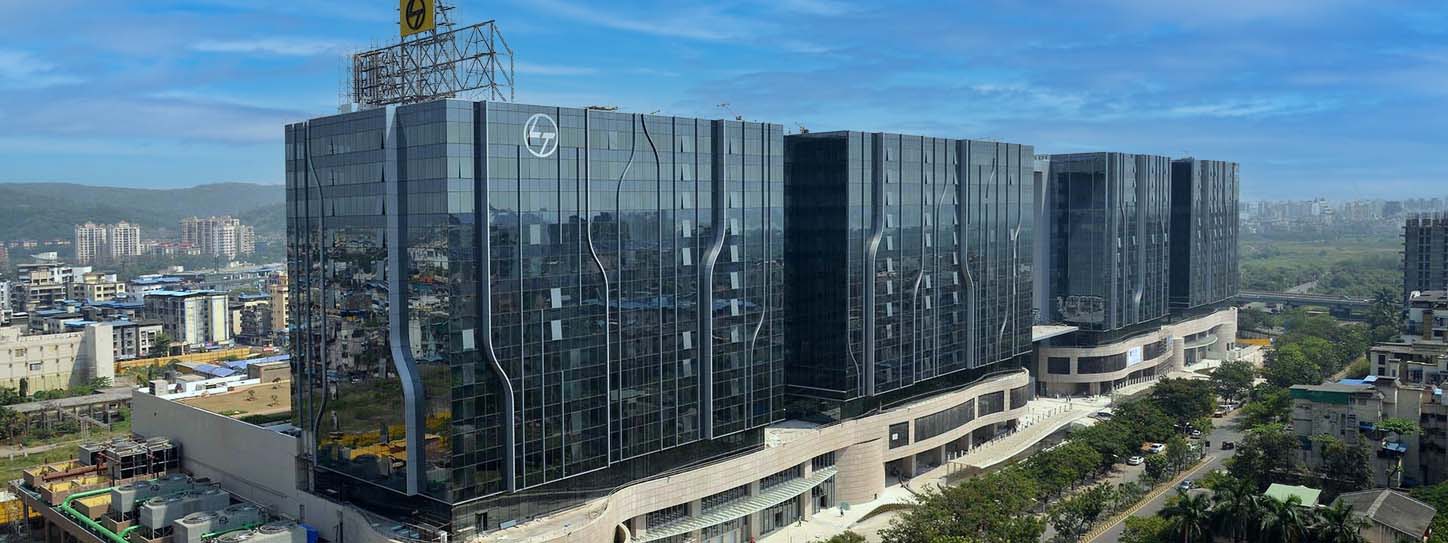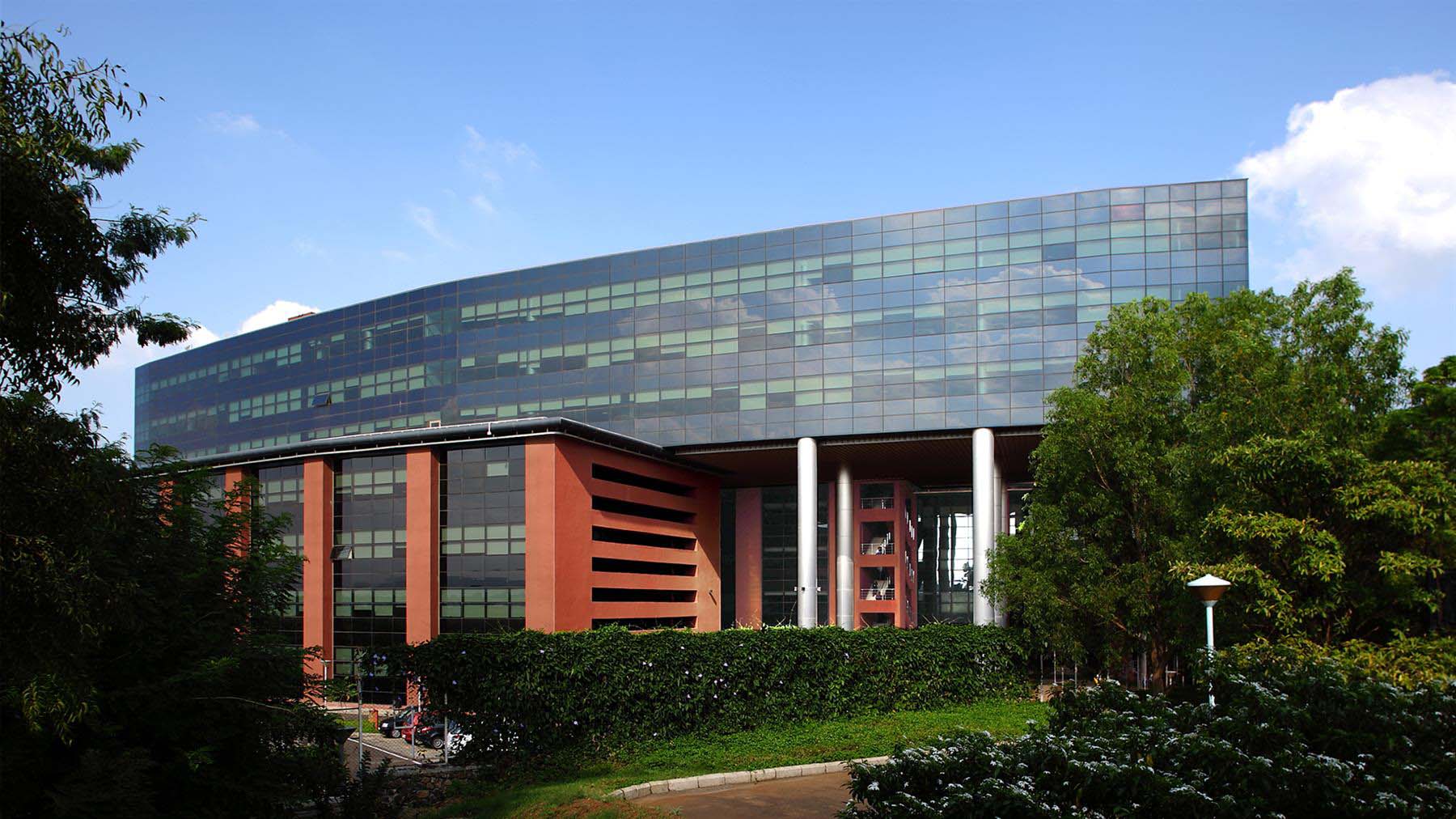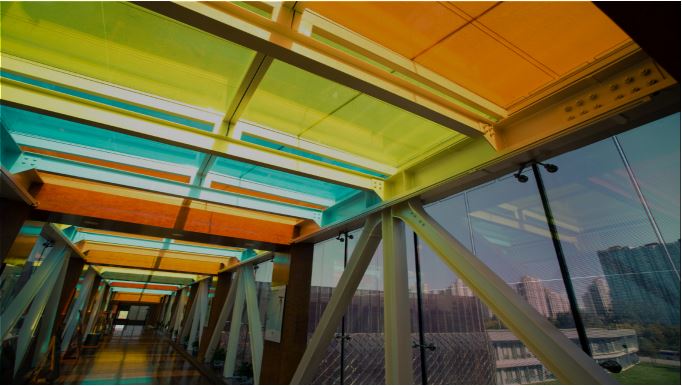Enhancing Sustainability in Modern Architecture
In an era where environmental sustainability is paramount, the construction and design industries are increasingly turning to eco-friendly materials to reduce their ecological footprint. Eco-friendly glass, with its myriad benefits, is at the forefront of this green revolution. This blog explores the advantages of using eco-friendly glass in modern architecture and how it contributes to a sustainable future.
What is Eco-Friendly Glass?
Eco-friendly glass, also known as green glass, is designed to minimize environmental impact through its production, usage, and disposal processes. This type of glass is manufactured using sustainable methods and often incorporates recycled materials. It also boasts energy-efficient properties, making it an ideal choice for eco-conscious building projects.
Benefits of Eco-Friendly Glass
1. Energy Efficiency
One of the most significant advantages of eco-friendly glass is its energy efficiency. This glass type is engineered to improve insulation, reducing the need for artificial heating and cooling. Low-emissivity (Low-E) glass, for example, has a special coating that reflects heat back into the room during winter and keeps heat out during summer. This results in lower energy consumption and reduced utility bills.
2. Reduced Carbon Footprint
The production of eco-friendly glass often involves using recycled materials, which significantly reduces the carbon footprint compared to traditional glass manufacturing. Additionally, the energy-efficient properties of eco-friendly glass contribute to lower greenhouse gas emissions over the building's lifetime, making it a more sustainable choice.
3. Natural Light Enhancement
Eco-friendly glass maximizes the use of natural light, creating brighter and more inviting indoor environments. By allowing more natural light to penetrate the building, it reduces the need for artificial lighting during the day. This not only conserves energy but also enhances the well-being of occupants by providing a connection to the natural environment.
4. UV Protection
Many types of eco-friendly glass come with UV-blocking capabilities, which protect interiors from the harmful effects of ultraviolet rays. This protection helps in preserving the color and quality of furnishings, flooring, and artwork, thereby extending their lifespan and reducing waste.
5. Improved Indoor Air Quality
Eco-friendly glass can also contribute to better indoor air quality. For instance, certain types of this glass can minimize the infiltration of pollutants and allergens, creating a healthier indoor environment. This is particularly beneficial in urban areas with higher levels of air pollution.
Applications of Eco-Friendly Glass
1. Residential Buildings
In homes, eco-friendly glass is used for windows, doors, and skylights to enhance energy efficiency and natural light. Homeowners can significantly reduce their energy bills and carbon footprint by incorporating green glass solutions into their residences.
2. Commercial Spaces
Eco-friendly glass is increasingly popular in office buildings, shopping centers, and other commercial spaces. It helps create a more comfortable and productive work environment by improving natural light and reducing energy consumption.
3. Public Buildings
Schools, hospitals, and government buildings benefit from eco-friendly glass by creating healthier indoor environments and reducing operational costs. The use of this glass in public buildings showcases a commitment to sustainability and environmental stewardship.
4. Industrial Applications
In industrial settings, eco-friendly glass can be used in façades, partitions, and other structural elements. Its durability and energy-efficient properties make it suitable for large-scale projects that aim to reduce their environmental impact.
Certifications for Eco-Friendly Glass
Before accepting eco-friendly glass for your projects, it is crucial to verify its certifications to ensure it meets environmental standards and performance criteria. Some key certifications to look for include:
- LEED (Leadership in Energy and Environmental Design): A globally recognized certification that assesses the environmental performance of buildings and materials.
- Energy Star: This certification indicates that the glass meets strict energy efficiency guidelines set by the U.S. Environmental Protection Agency.
- Cradle to Cradle Certified™: This certification assesses the safety, circularity, and responsibility of products across five categories: material health, material reutilization, renewable energy, water stewardship, and social fairness.
- ISO 14001: This certification demonstrates that the manufacturer adheres to international standards for environmental management systems.
- Greenguard: This certification ensures that the glass products meet strict chemical emissions limits, contributing to healthier indoor environments.
Maintaining Eco-Friendly Glass
To ensure the longevity and effectiveness of eco-friendly glass, regular maintenance is essential. Cleaning with eco-friendly, non-abrasive products will help maintain its clarity and performance. Periodic inspections should be conducted to identify and address any potential issues early on.
Eco-friendly glass offers a range of benefits that make it an essential material for sustainable architecture. From energy efficiency and reduced carbon footprint to enhanced natural light and improved indoor air quality, eco-friendly glass is paving the way for a greener future. By choosing eco-friendly glass, architects, builders, and homeowners can contribute to environmental sustainability while enjoying the numerous advantages it brings.
FG Glass - Leading the Way in Eco-Friendly Glass Solutions
At FG Glass, we are committed to providing top-quality eco-friendly glass products that support sustainable building practices. Our range of energy-efficient, environmentally friendly glass solutions is designed to meet the highest standards of performance and sustainability. Discover how FG Glass can help you achieve your green building goals. For more information, visit fgglass.com.

You might also like
Feb 21, 2022 by TARIQ KACHWALA
Feb 21, 2022 by TARIQ KACHWALA
Feb 23, 2022 by TARIQ KACHWALA









